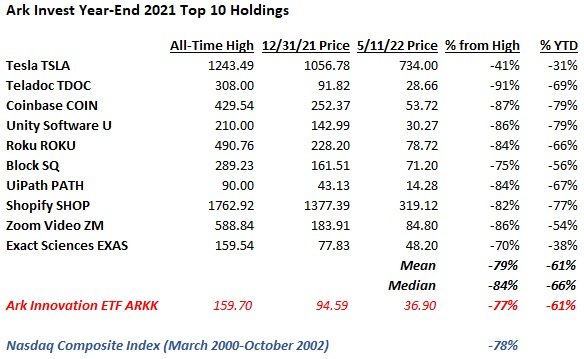With the benchmark 10-year government bond rate now yielding around 5% it can be a bit disheartening for equity investors to see the S&P 500 fetching about 19 times earnings. At best, future upside in price is likely going to need to come from profit growth, not multiple expansion. And if a recession materializes in 2024, prompting a material decline in multiples, well, look out below.
That’s the bad news.
The good news is that the big tech sector has grown to be such a large portion of the overall market that non-tech stocks actually aren’t richly priced at all, even in the current interest rate environment.
Consider the 7 largest tech stocks in the market - Apple, Microsoft, Amazon, Alphabet, Nvidia, Tesla, and Meta Platforms. Together they comprise 28% of the market cap weighted S&P 500 and sport a blended P/E ratio of 37x. Some simple algebra tells us that the rest of the market (the remaining 72%) carries a blended P/E ratio of just 12x. That latter figure makes sense considering stocks generally are well off of their all-time highs and rate increases have clearly been a headwind over the last 24 months or so.
The analysis remains consistent if we expand the calculation to include more of the tech sector. Information technology alone (excluding communications services - which is a separate S&P sector designation) comprises about 27% of the cap-weighted S&P 500 and sports a 29x P/E ratio. Doing the same number crunching shows that the remaining 10 sectors of the index combined carry a P/E ratio of just 16x.
If we try to determine what “fair value” is for the U.S. equity market given the 5% 10-year bond rate, most market pundits would probably say somewhere in the “mid teens” (on a P/E basis) based on historical data. In that scenario, 19x for the entire S&P 500 seems high, until we consider that tech stocks account for the elevated level overall. Exclude tech and (depending on your preferred methodology) everything else trades for a low to mid double-digit earnings multiple - which certainly makes it easier to sleep at night. It also likely explains why there are no shortage of attractively priced stocks outside of the high flying tech names that most people focus on. That’s probably the best place to focus right now as a result.






